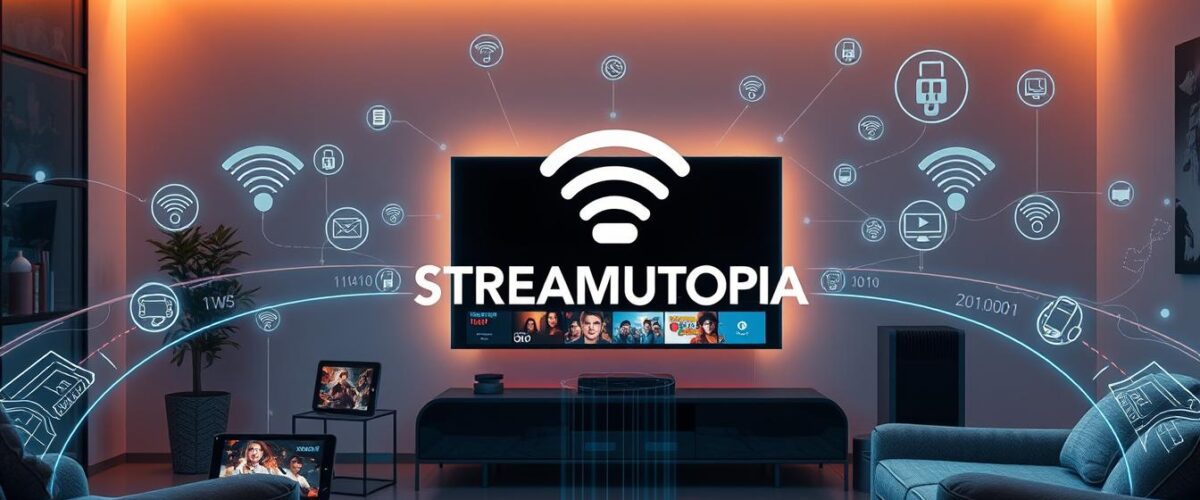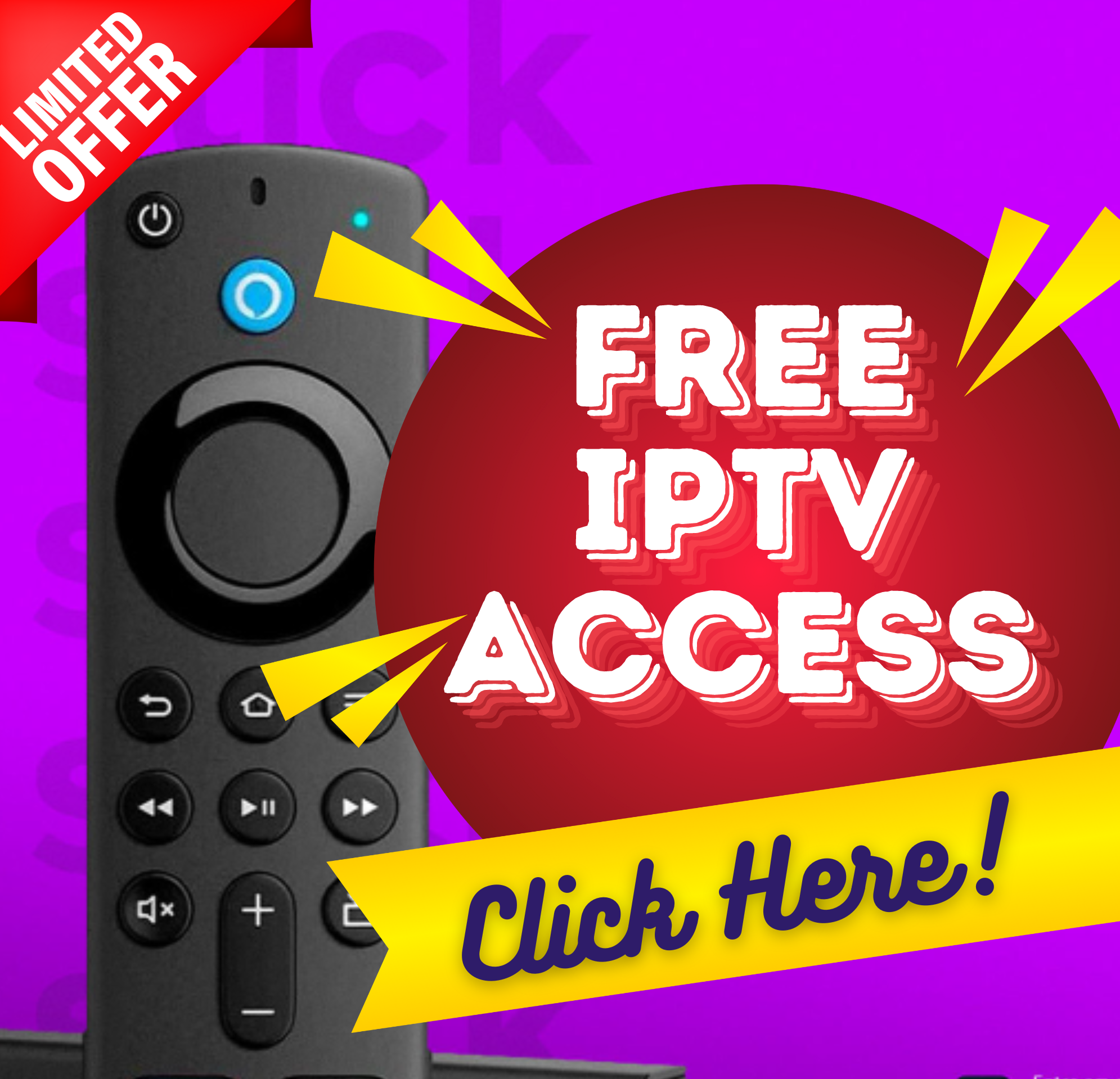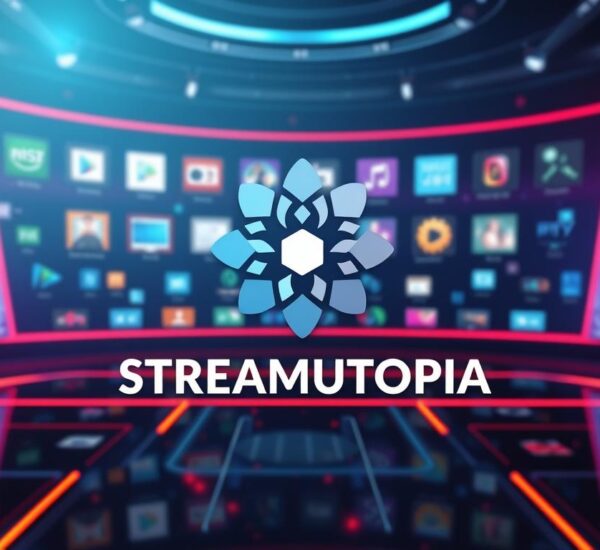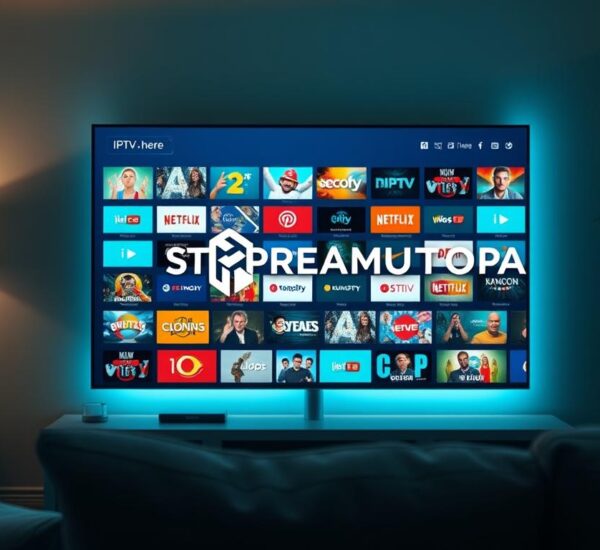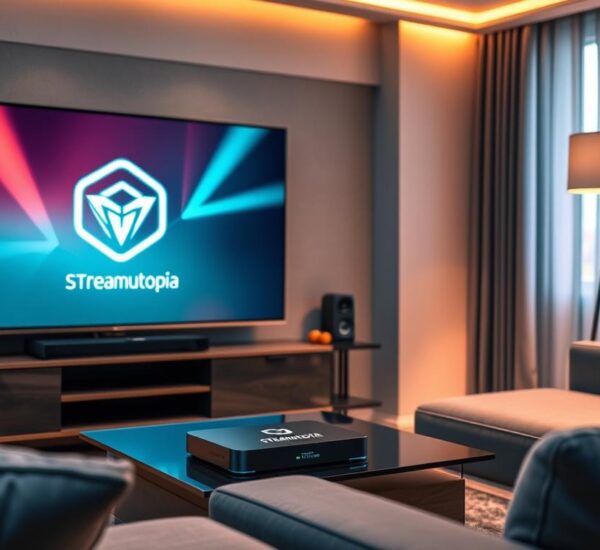Imagine watching your favorite shows and movies without cable or satellite limits. This dream is now a reality with Internet Protocol Television (IPTV). But what is IPTV, and how does it change how we watch media? Let’s explore the world of IPTV technology and how it brings live TV to your internet-connected devices.
IPTV uses a managed network and Internet Protocol (IP) to stream content to devices like smart TVs and smartphones. As internet speeds get better, more people want IPTV. It offers a wide range of content that interests viewers all over the world. Companies like Verizon, Google, and Netflix are at the forefront of this change, making watching TV better than ever.
Let’s dive into what makes IPTV different from traditional TV, how it works, and its benefits. Stay tuned to see how IPTV could change your entertainment choices!
Key Takeaways
- IPTV streams content through a managed IP network, offering better quality than traditional systems.
- Big names like Sony, Netflix, and AT&T are among the top IPTV providers.
- IPTV lets users watch live TV and video on demand, making it more flexible and convenient.
- IPTV has become more popular than pay satellite TV in many areas.
- There are advanced IPTV services from both big and small providers, meeting different viewer needs.
- Exploring IPTV technology can lead to exciting new ways to watch TV for many people.
- To learn more about how IPTV can improve your TV experience, visit Streamutopia.
Introduction to IPTV
Internet Protocol television, or IPTV, has changed how we watch TV. It offers a new way to enjoy shows, different from cable or satellite. Now, thanks to fast internet, IPTV lets us stream in high definition.
Today, people want easy access to TV shows more than owning them. IPTV meets this need by letting users stream live and on-demand content. This means thousands of channels and international shows are available, starting at just $19.99.
IPTV works on many devices like TVs, computers, and phones. This means you can watch your favorite shows anytime, anywhere with internet. It’s more personal than OTT services, which focus mainly on on-demand viewing.
IPTV is also great for businesses. It’s a reliable way to show TV in waiting areas or common rooms. It works well with digital signs, making it popular in hotels, hospitals, and homes.
For a new entertainment experience, check out Streamutopia. It shows what IPTV can do with its easy-to-use interface and wide range of content. This change marks a new era of media, where choice and flexibility rule.
IPTV Definition
IPTV, or Internet Protocol television, lets users stream TV shows over the internet. It’s different from old ways like cable and satellite. It uses the TCP/IP suite to send content, making TV watching better.
Understanding the Basics of IPTV
IPTV has many types of content, like VOD, live TV, and time-shifted media. Big names like Netflix and Hulu offer VOD. For live TV, FOX Sports Go and CBS Sports HQ are popular. Streaming shows anytime makes watching TV better.
As more people want IPTV, providers must keep improving. They need to upgrade their systems and add more content.
The Evolution of IPTV Technologies
IPTV started in the late 1990s with better video compression and internet. This made high-quality video possible over phone lines. In the 2000s, more people got broadband, making IPTV even more popular.
Now, IPTV keeps getting better. It includes 4K and HDR streaming for those who want the best quality.

How IPTV Technology Works
Understanding IPTV technology is key to seeing the future of TV. It uses the Internet Protocol to send content straight to viewers. This method is different from old ways, making watching TV better by handling data well and using managed networks.
The Role of Internet Protocol in IPTV
The Internet Protocol is crucial for IPTV. It breaks down video into small parts for easy sending. This lets viewers get only what they want, right away.
Unlike old TV systems, IPTV sends content one at a time. This saves bandwidth and makes watching better.
Managed Networks Versus Traditional Delivery Systems
IPTV uses special networks for better video delivery. This is different from old systems that share bandwidth. This can cause problems like buffering.
With IPTV, providers can make sure video gets to you smoothly. Switching to managed networks means better TV quality and reliability.
| Feature | Managed Networks | Traditional Delivery Systems |
|---|---|---|
| Bandwidth | Dedicated | Shared |
| Data Transmission | Unicast | Simultaneous Broadcast |
| Quality of Service | Higher Control | Variable |
| Buffering Issues | Minimal | Common |
What Is Internet Protocol Television (IPTV) and How Does It Work?
Internet Protocol Television (IPTV) is a new way to watch TV over the internet. It started being talked about in 1995 and has grown a lot since then. Unlike old TV methods, IPTV uses the internet to send shows, giving better quality and more choices to viewers.
TV has changed a lot since it began in 1927. It moved from analog to digital in the 1970s with satellite and cable. IPTV came along as a new way to watch TV, using special internet protocols to send shows.
IPTV offers many ways to watch TV, like Live TV, Video On Demand (VOD), and Catch Up TV. Live TV is available on services like Sling TV. VOD is on sites like Tubi. Catch Up TV lets you watch shows you missed, like on BBC iPlayer.
IPTV makes watching TV better than old TV. You can pause, rewind, and replay shows instantly. As IPTV grows, it brings more shows and movies to viewers whenever they want.
| Feature | Traditional TV | IPTV |
|---|---|---|
| Transmission Method | Satellite/Cable | Internet Protocol |
| Interactivity | Limited | High (pause, rewind, record) |
| Content Delivery | Simultaneous Multicast | Unicast per viewer request |
| Content Access Types | Live Only | Live, VOD, Catch Up TV |
| Device Compatibility | Television | Multiple devices (smart TVs, smartphones, tablets) |
IPTV Streaming Explained
IPTV streaming comes in many types to fit what viewers want. The main types are live streaming and video on demand (VOD). Each offers a unique way to watch content, based on what people like.
Live Streaming Versus Video on Demand
Live streaming works like old TV, showing content as it happens. It’s great for sports and big news. On the other hand, VOD lets you watch what you want, when you want. It’s very popular because of the wide range of content online.
Unicast and Multicast Streaming Mechanisms
There are two main ways IPTV streams content: unicast and multicast. Unicast sends a stream to each viewer, which can use a lot of bandwidth. Multicast, however, sends one stream to many viewers at once. This is better for busy times.
IPTV can change how content is delivered. This makes watching TV better on different devices.
IPTV Set-Top Boxes
IPTV set-top boxes are key devices that bring Internet Protocol Television into homes. They decode signals, letting users watch TV through the internet. This device for IPTV connects to TV and internet, making viewing smooth.
What Are Set-Top Boxes?
Set-top boxes are important for IPTV subscribers. They turn digital internet signals into TV content. Users can change channels and access on-demand shows with a remote.
As more people ditch traditional TV, IPTV set-top boxes grow in popularity. They are essential for enjoying a wide range of content.
How They Interact with IPTV Services
Set-top boxes work closely with IPTV services. They talk to IPTV servers, offering features that improve the viewing experience. This includes fast channel switching and video-on-demand.
Thanks to wide device support, users can easily switch between platforms. This ensures high-quality viewing with little delay.
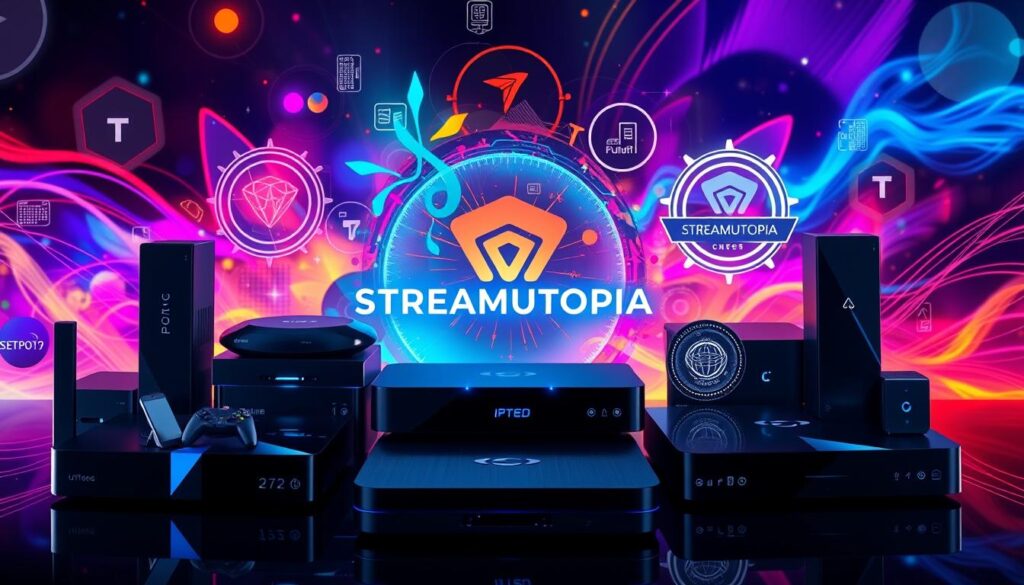
The importance of IPTV set-top boxes is growing as viewers want more control over their TV. For more on IPTV’s benefits and setup, check out this resource.
Types of IPTV Services
IPTV services give viewers many choices, making TV watching flexible and fun. There are live TV, video on demand, and interactive TV options. Each one has special features that make watching TV better.
Live TV Services
Live TV services are key in IPTV, letting viewers watch shows as they happen. They offer pause and rewind, making TV watching even better. With IPTV live streaming, you can see live sports, news, and entertainment.
Video on Demand Services
Video on demand, or IPTV VOD, is a big part of IPTV. It lets users pick and watch shows whenever they want. Paid services like Disney+ and Netflix offer personalized choices. Free options like Peacock also provide great content for everyone.
Interactive TV Features
Interactive TV features make IPTV stand out. You can vote on shows, get extra content, and use apps on your TV. These features make watching TV more fun and interactive.
Benefits of IPTV
IPTV is a strong choice against traditional cable services. It attracts many viewers with its benefits. These include being cheaper, offering better quality, and having a wide range of content.
Cost-Effectiveness Compared to Cable
IPTV is more affordable than cable. Many people choose IPTV over cable because of its flexible pricing. IPTV lets users pick what they want, saving money.
Quality of Service and Reliability
IPTV provides top-notch streaming. Its managed network ensures quality and few interruptions. This makes watching TV more enjoyable than with cable.
Diverse Content Options Available
IPTV offers a vast selection of content. From local to international shows, there’s something for everyone. This variety meets different tastes, making it great for families.
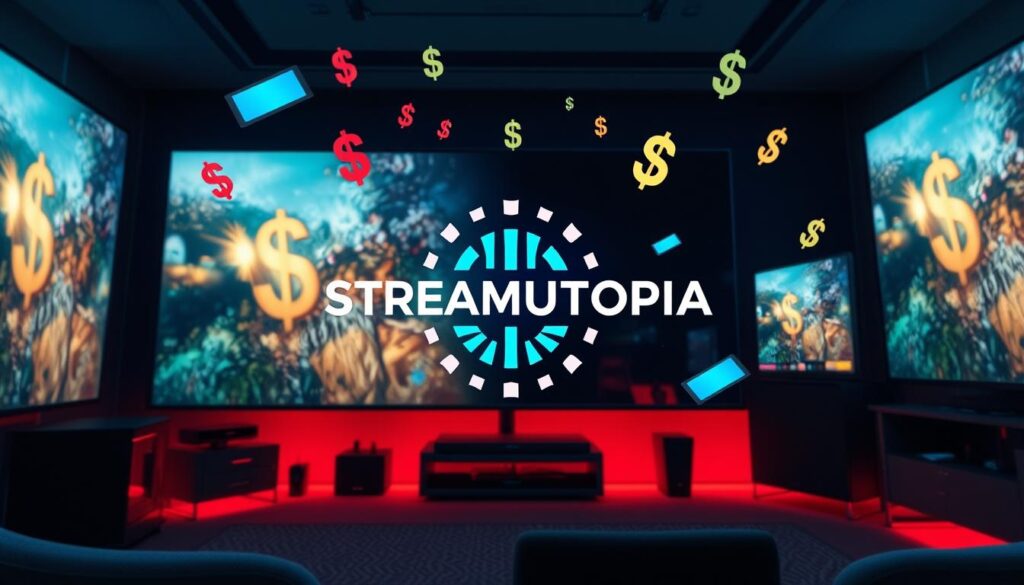
IPTV vs. Internet TV
The differences between IPTV and Internet TV are key for those looking at streaming options. IPTV uses internet protocols to deliver TV services, unlike traditional broadcast signals. This modern method often means better quality and reliability because of managed networks. Internet TV streams content over open web connections, which can cause viewing experience issues.
Looking at an IPTV comparison with Internet TV shows several important differences:
| Feature | IPTV | Internet TV |
|---|---|---|
| Content Delivery | Managed networks | Open web |
| Quality | Higher reliability | Variable quality |
| Service Types | Live TV, Video on Demand, Interactive TV | Streaming services (OTT) |
| User Control | Unicast transmission | Broadband streaming |
| Interactive Features | Yes (DVR, pause live TV) | Limited |
Your choice between these technologies depends on your preferences. If you want a traditional TV experience with reliable performance, IPTV is better. On the other hand, Internet TV might be more appealing for those who value flexibility, cost-effectiveness, or exclusive content. Knowing these differences between IPTV and Internet TV helps make a better choice.
How to Choose an IPTV Provider
Finding the right IPTV provider can really improve your TV watching. There are many choices out there. It’s important to look at different factors that affect the quality, variety, and ease of use of the service.
Important Factors to Consider
When picking a service, think about these key points:
- Content Availability: Make sure the provider has the channels and shows you like.
- Streaming Quality: Check if they offer high-definition and 4K for a better viewing experience.
- Reliability: Read reviews to see if the service is stable and has good support.
- User Interface: A simple interface makes watching TV more enjoyable and easy.
- Customer Support: Good support can help a lot if you have problems.
- Trial Periods: Use free trials to test the service before you buy it.
Popular IPTV Providers
There are many known IPTV providers in the market today:
| Provider Name | Live Channels | VOD Options | Key Features |
|---|---|---|---|
| Xtreme HD IPTV | 20,000+ | 40,000+ | Comprehensive package |
| IPTV Trends | 10,000+ | Extensive library | Large selection |
| RocketStreams | 3,000+ | N/A | Focus on sports |
| Beast IPTV | 12,000+ | Significant library | Variety of channels |
| IPTV Smarters | N/A | N/A | Customizable interface |
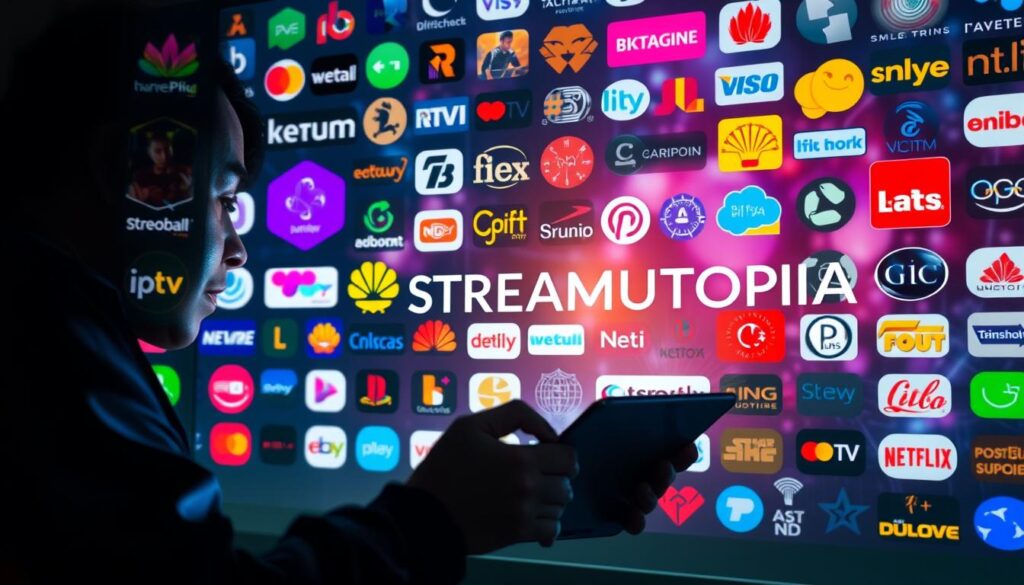
These popular services offer a wide range of channels for different tastes. Choosing the right provider means looking at these factors to get a great viewing experience.
Challenges and Limitations of IPTV
IPTV offers a new way to watch TV, but it comes with its own set of problems. It needs a stable internet connection, which is a big challenge. If the network is slow or unreliable, users might face buffering or interruptions.
Network Dependence and Quality Issues
The biggest issue with IPTV is its need for a good internet connection. Users with slow connections often struggle to watch videos smoothly. This is especially true for high-definition content, which requires more bandwidth.
Providers try to solve these problems with advanced technologies. For example, IP multicasting lets one stream reach many users at once. But, the risk of internet congestion is still a big challenge.
Legal and Regulatory Considerations
IPTV also faces legal hurdles. Providers must understand and follow complex broadcasting laws in different places. They need to balance offering a wide range of content with following the law.
This can be hard, as laws change often. Providers have to keep up with these changes to stay legal. It adds extra work for them.
| Challenge | Impact | Possible Solutions |
|---|---|---|
| Network Dependence | Impacts streaming quality and user experience | Invest in higher bandwidth solutions; optimize multicast protocols |
| Streaming Quality Issues | Leads to buffering and interruptions | Implement adaptive bitrate streaming; reduce video file sizes |
| Legal Issues | Complex navigation of broadcasting laws | Engage legal counsel for compliance; maintain clear content rights management |
| Regulatory Considerations | May restrict service offerings | Regularly review regulations; adapt offerings as necessary |
Future Trends in IPTV
IPTV is changing fast, thanks to new tech. IPTV technology advancements are making streaming better. Cloud computing and artificial intelligence are key to making things more personal for users. As how we watch content changes, so does how it’s delivered.
Technological Advancements in Streaming
New streaming tech aims to improve video quality and make it easier to access. Better compression, like HEVC, lets us send high-definition videos with less bandwidth. This means providers can offer 4K and HDR content, meeting what viewers want.
Adaptive bitrate streaming also makes watching smoother. It changes video quality based on how fast your internet is. This keeps your viewing experience smooth, no matter your connection.
IPTV Market Growth Projections
The demand for IPTV is expected to grow worldwide. This IPTV market growth comes from people wanting more control over what they watch and reliable service. More people are signing up for IPTV, changing how we get digital content.
The arrival of 5G will make streaming even better. It will improve quality and make it easier to watch on different devices. This is a big step forward, especially for those tired of satellite system limits.

| Trend | Description |
|---|---|
| AI and Machine Learning | Used for content personalization and streaming optimization, enhancing user experience. |
| 5G Implementation | Expected to improve streaming quality and reduce latency, benefiting global reach. |
| Cloud-Based Solutions | Facilitates scalable content storage and delivery, allowing for flexibility in services. |
| 4K and HDR Content | Increased demand leads to higher quality offerings, meeting viewer expectations. |
| Adaptive Streaming | Ensures optimal viewing experience by adjusting video quality based on available bandwidth. |
Setting Up IPTV Services
Setting up IPTV services needs a few key things for a smooth switch from traditional TV. You’ll need a fast internet connection and devices like a set-top box or a smart TV. Also, a router that can handle streaming is crucial to avoid buffering or quality problems.
Required Hardware and Software
To start with IPTV, picking the right software is key. Providers like Hulu, Roku, and YouTube have apps for different devices. You’ll install the app, enter your subscription info, and follow the setup steps.
Many providers offer help if you run into problems. They can guide you to fix issues and make sure everything works well.
How to Get Started with IPTV
Starting with IPTV is easy. First, choose a good IPTV service and get a subscription that matches your viewing style. Then, set up your device as the IPTV service tells you to.
With the right setup, you can watch live TV and on-demand content easily. Plus, you can share one subscription on multiple TVs in your home. This makes things more convenient for everyone.
FAQ
What is IPTV?
How does IPTV technology work?
What are the different types of IPTV streaming?
What is the role of set-top boxes in IPTV services?
How do I choose the right IPTV provider?
What are the advantages of using IPTV over traditional television?
What challenges might I face when using IPTV?
What future trends can we expect in IPTV technology?
What equipment do I need to set up IPTV services?
